Statistics
Project explanation
Team DAEDALUS is developing the third generation hybrid rocket engine of ARIS. By integrating a hybrid-propellant engine into the rocket PICCARD, it is aimed to reach a height of 30’000 ft.
Project Objectives
To realize the first hybrid flight in the association’s history, the following objectives have been set:
- Integration: The engine shall be integrable into the rocket regarding dimensions, volume and mass.
- Fly high: The key aspect of weight reducion is crucial for the optimization of maximum reachable apogee.
- Testing: To ensure safety during all phases of the project, an extensive testing campaign is conducted.
- Documentation: To lay the foundation for future hybrid propellant rockets at ARIS, documentation of the most important steps and the corresponding decision-taking process is key.
Success
At the European Rocketry Competition 2021, DAEDALUS proved its capabilities by breaking the WORLD ALTITUDE Record for a Class O Hybrid Engine.

What is a Hybrid Rocket Engine?
Hybrid rocket engines combine solid fuel, called grain, with liquid oxidizer. After ignition, when the oxidizer is exposed to the grain, a stable combustion is achieved inside the combustion chamber. The existence of two different aggregate states until immediately before ignition implicates a high level of safety, since an unvoluntary ignition can be prevented largely.
The system is composed of different subsystems which are presented in detail below. Together with the injector and the nozzle, the grain and the igniter are enclosed in the casing-tube and make up the combustion chamber. The fluid supply system (FSS), containing plumbing and valves, controls the flow of the oxidizer. To make sure the system behaves as planned, many measurements are taken constantly with different sensors. The gathered data is collected through a centralized avionics system and then evaluated on the ground.
Meet the team
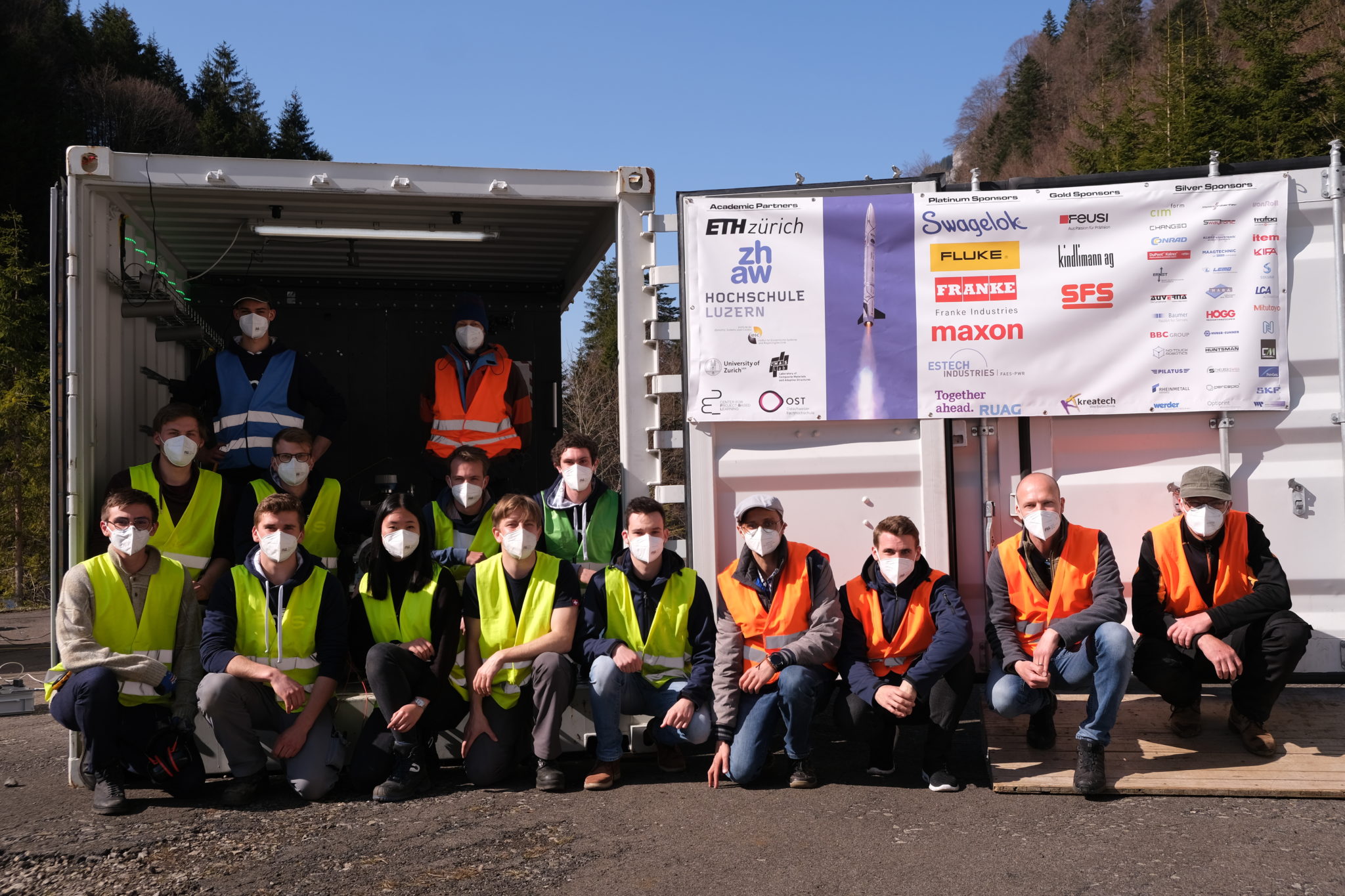
This is DAEDALUS 2021
The DAEDALUS team built a rocket engine.
Project Sponsors


Platinum Sponsors





Gold Sponsors



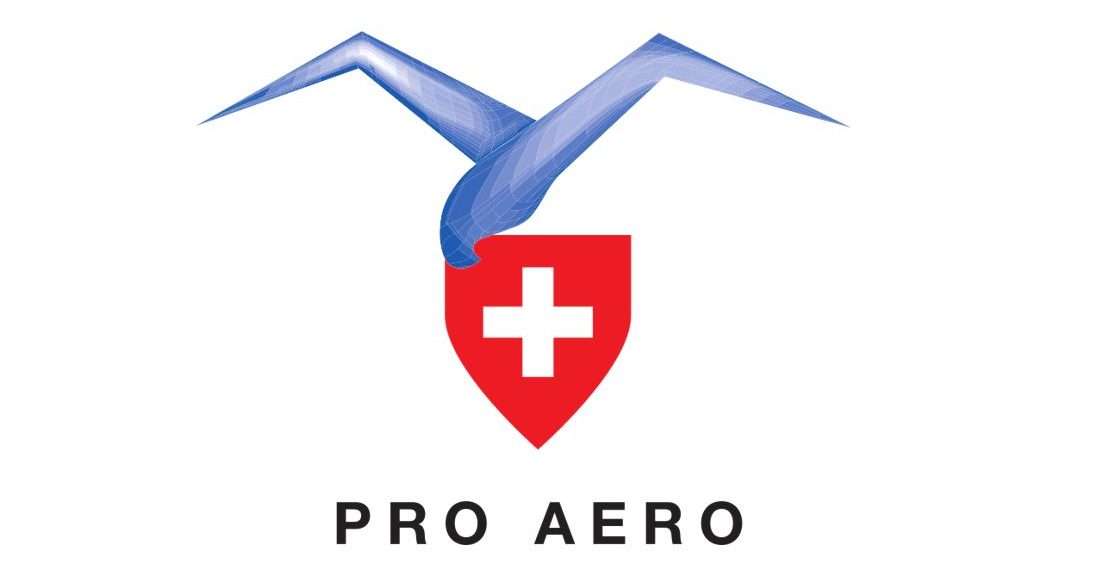

Silver Sponsors







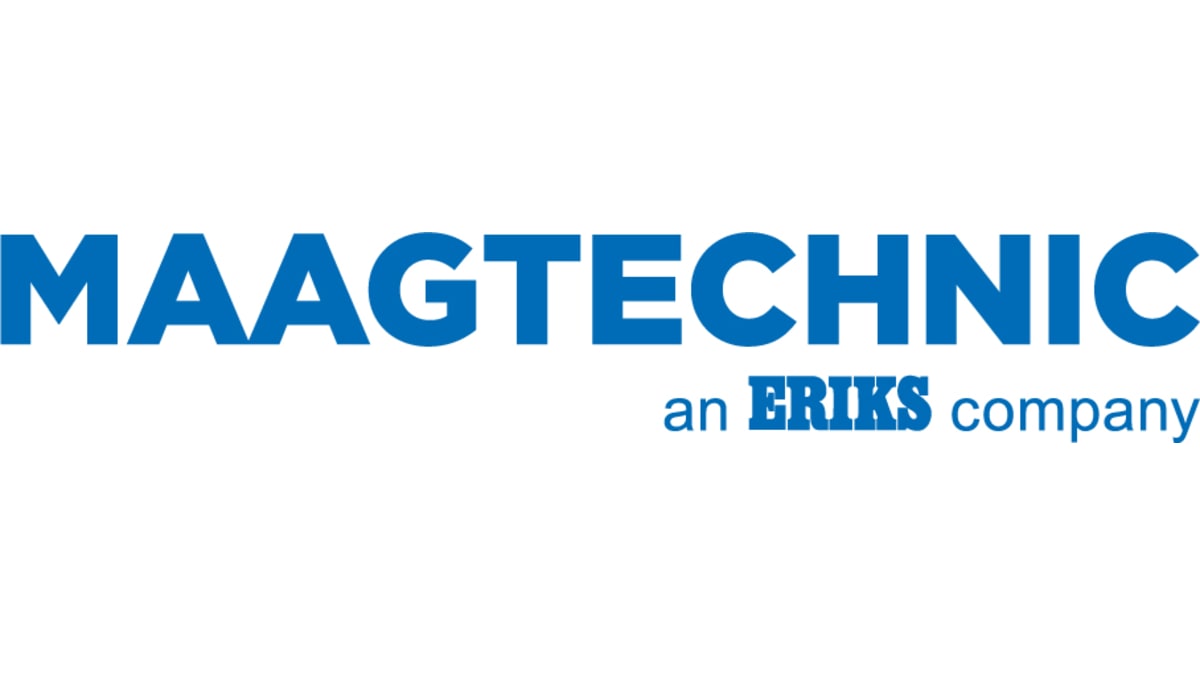

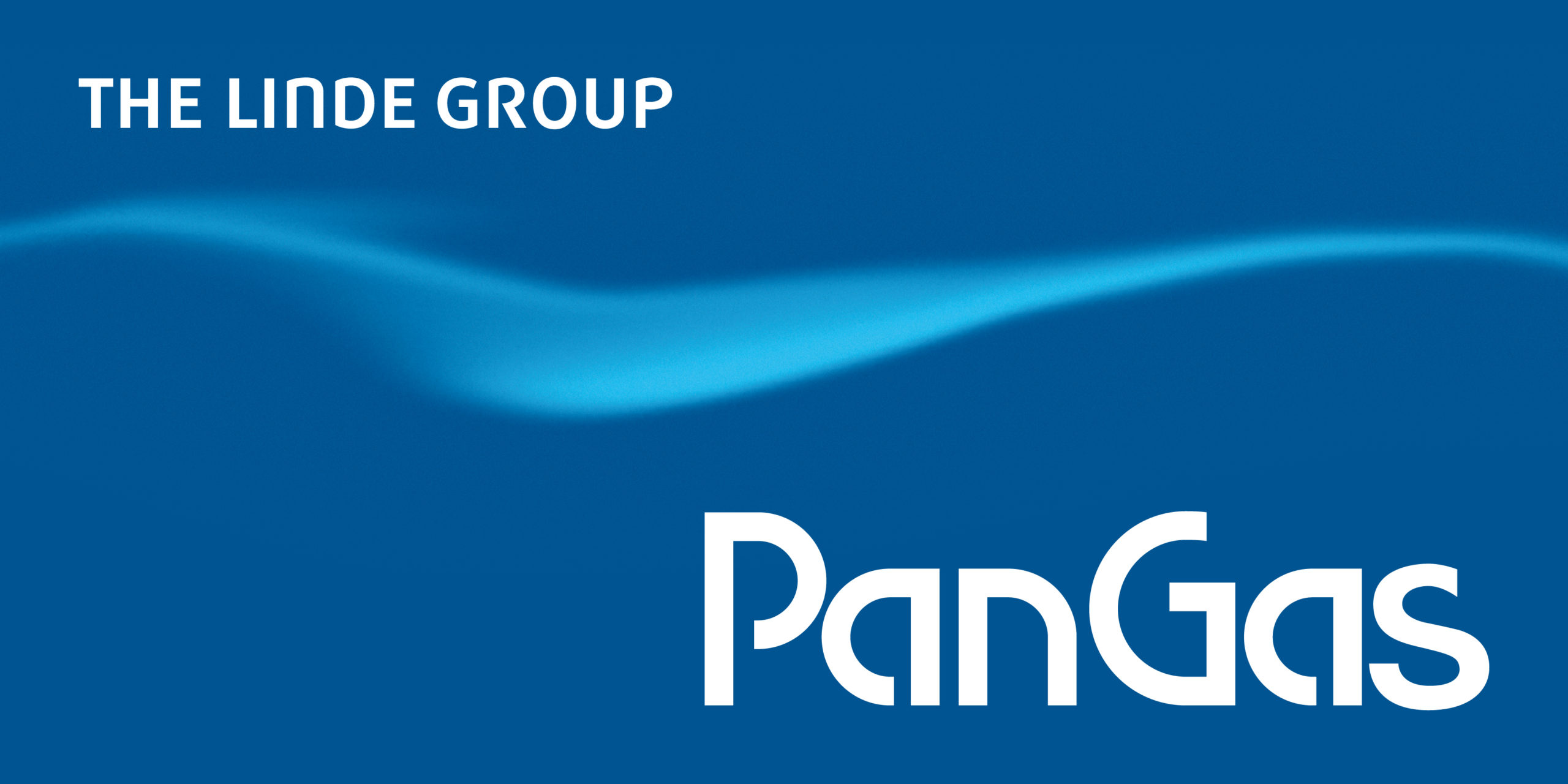




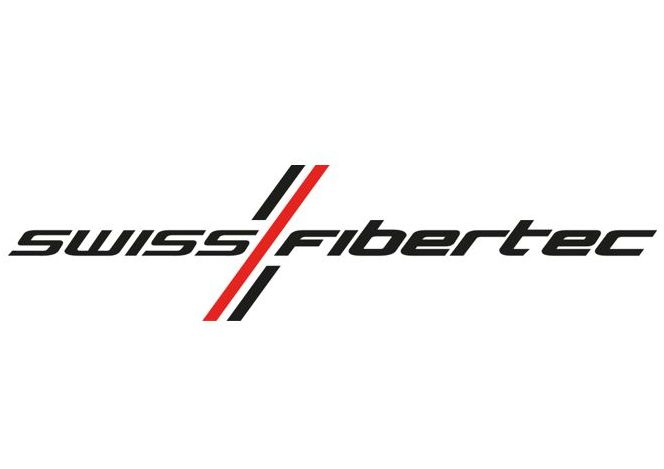

Bronze Sponsors




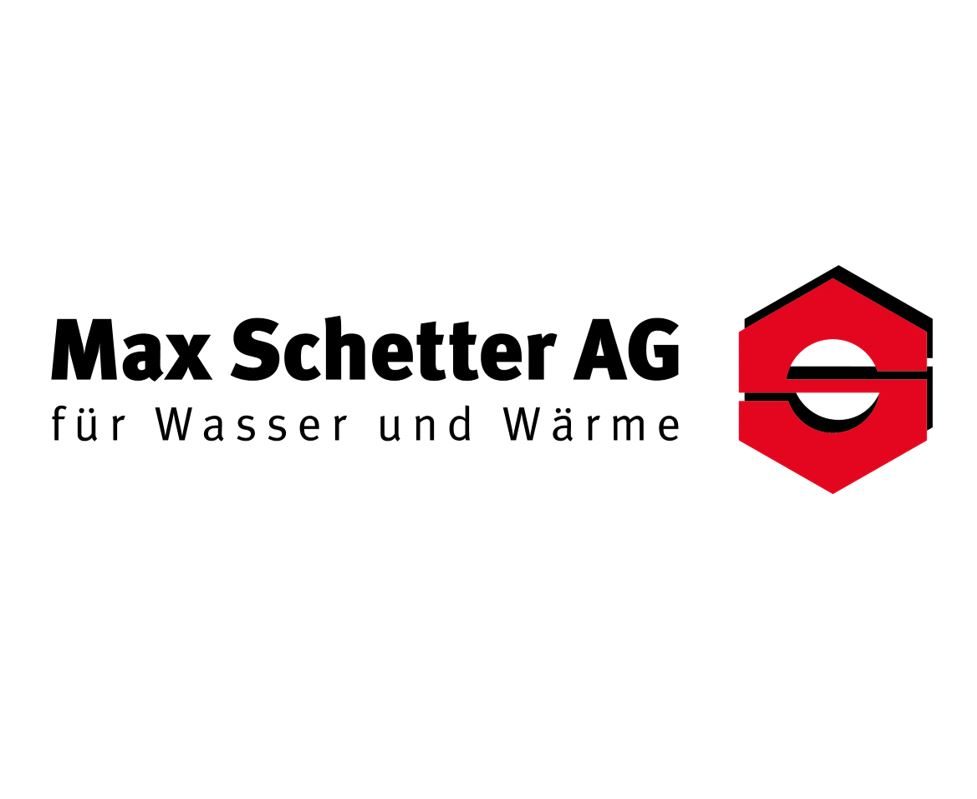





White Sponsors


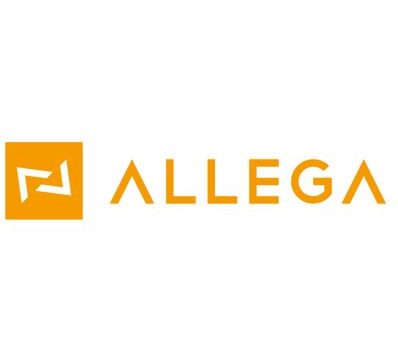







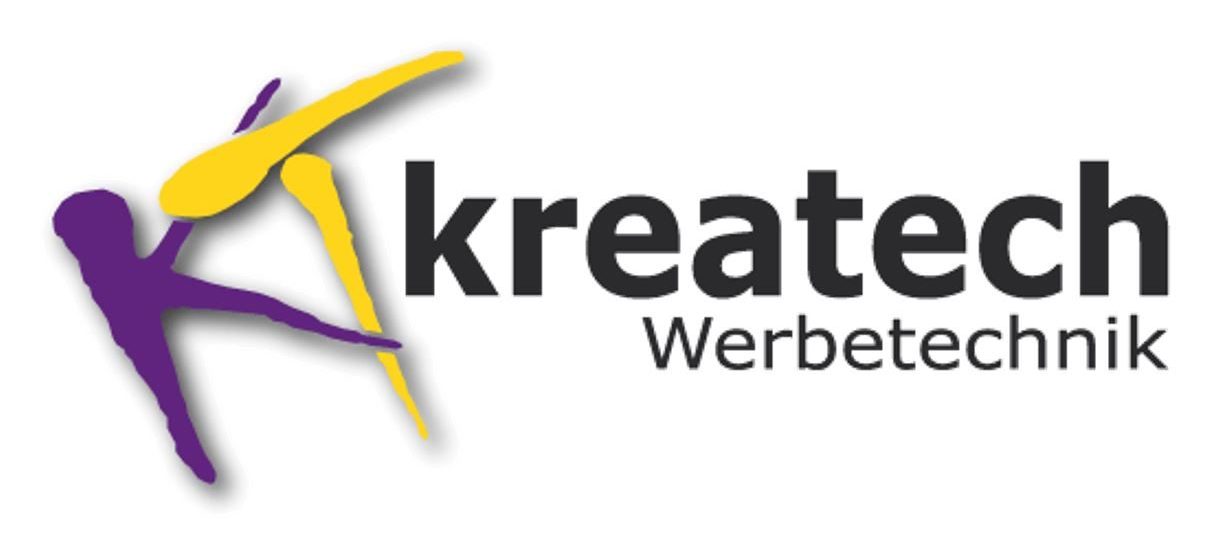





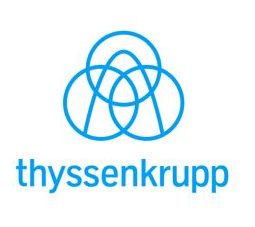
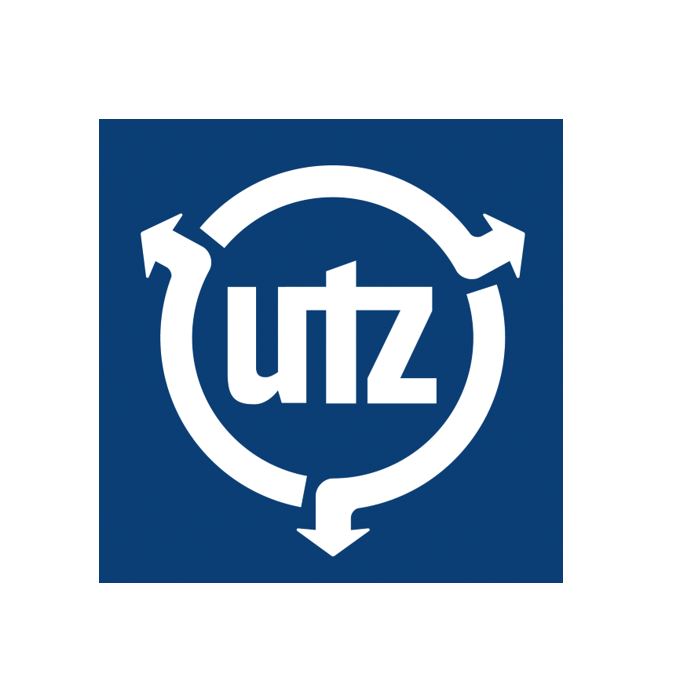







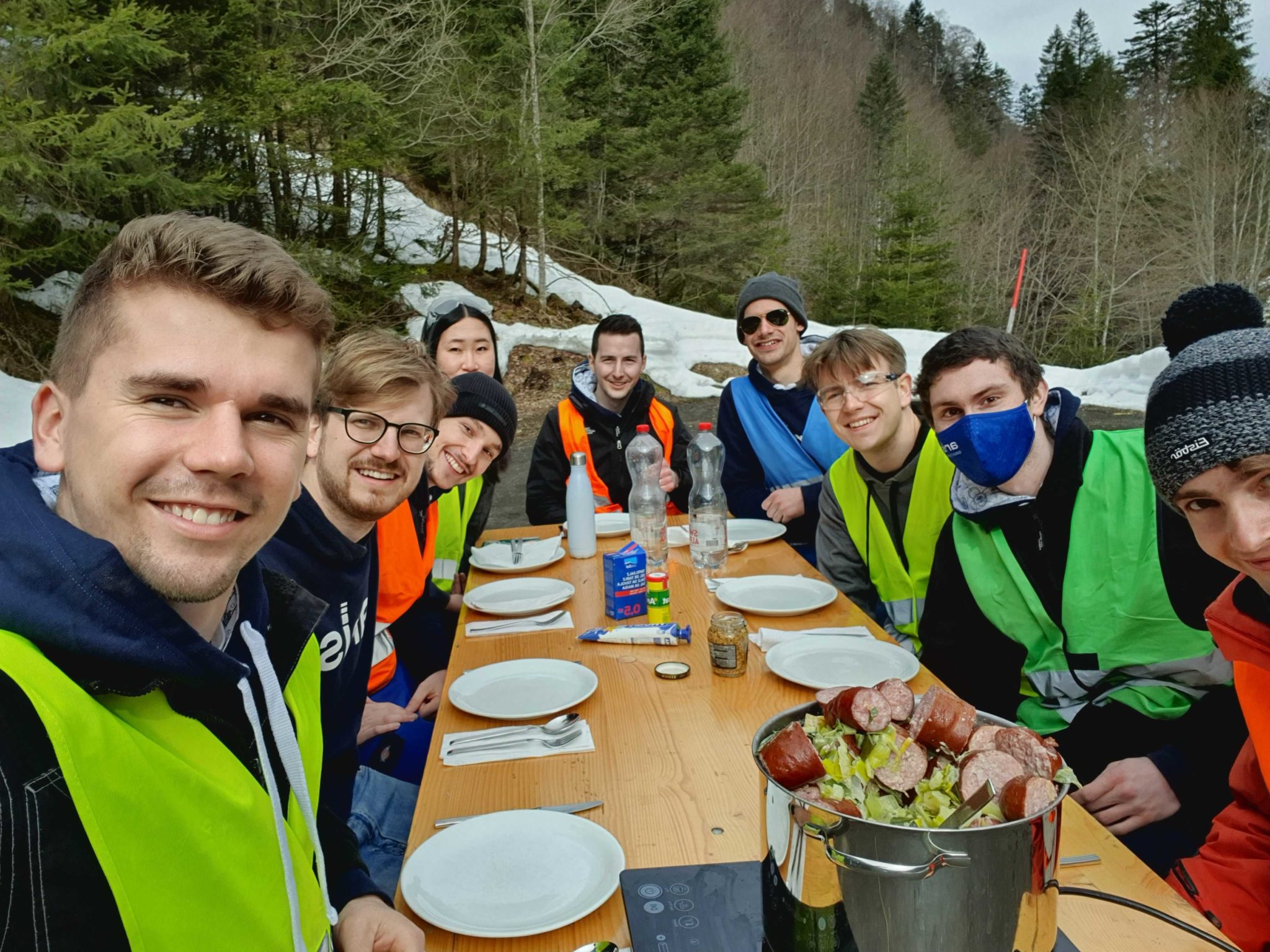




Social Contact